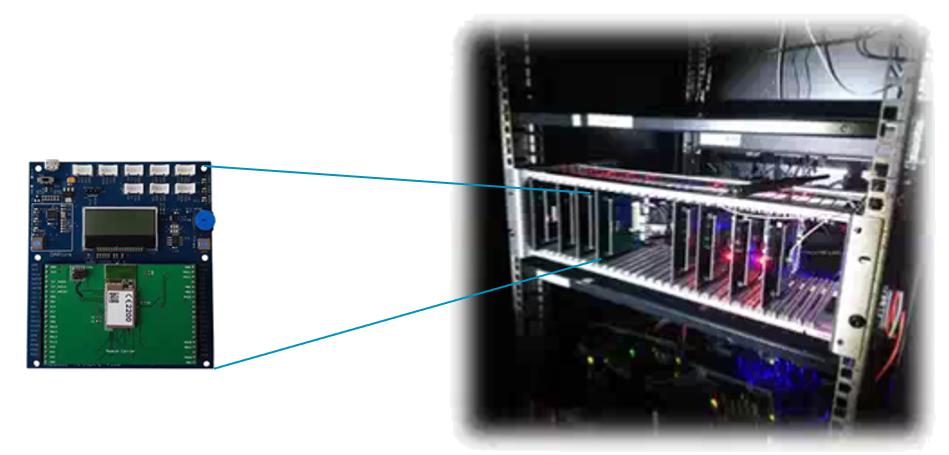You are viewing an older revision! See the latest version
Reference Design
Benefits to Engineers and OEM¶
Reference Designs are tested and proven starting points targeted towards the creation of Pelion Ready Development Boards and End Products. Designed to provide your product with the IoT subsystem, these Reference Designs can be customised with any sensors and output devices as dictated by your use case thus removing the complexities around connectivity and device management.
Definition¶
A Reference Designs consists of four main components: Radio, MCU, Memory and secure element; often two or more may be integrated in a single chip by some silicon vendors which goes a long way towards simplifying a design complexity. The design package also contains source code that was used to validate the schematics. Note that a Reference Design isn't a physical board, its the design files; some of our partners are building hardware based on these proven designs which are described later on this page.

Reduced complexity and risk¶
When developing IoT products, an engineer typically selects an MCU development board, adds a shield for connectivity, adds a shield with storage so it will support over the air updates, and selects a secure element; this is all before sensors are even thought about. Then comes the task of finding reliable software that will run with the chosen shield combination. The result is often a cumbersome stack of large boards that look something like this:

In the Arm validation labs, we have racks full of MCU, Radio, Security and Storage combinations that are used to test each release of Mbed OS before it goes out the door. Some of these combinations are published as schematics on our Reference Design github page so you can be sure that your hardware will perform exactly as we see in our labs.
If you follow the logical design in these schematics your product will achieve Mbed Enabled and Pelion Ready certifications and therefore compatible with the entire Mbed Ecosystem. Note, these designs are for the IoT subsystem not a complete end product, you will need to connect input and output devices of your choice but that’s typically very simple because our components page (https://os.mbed.com/components/) already has examples for over 500 different sensors and output transducers.
If there are any particular combinations you think we are missing, please get in touch so it can be added to the roadmap after checking to see if it already exists here (https://github.com/ARMmbed/reference-designs).

Some Examples of Boards Based on Reference Designs¶
Below is old content¶
This page is intended as a place where you can publish your reference designs, schematics, PCB files, gerbers, BOMs, libraries and so on.
LPC1768 Reference Design¶
In the handbook the partial schematics of the mbed NXP LPC1768 Microcontroller are published as PDF, with the mbed interface subsystem removed.
So that there is a place to start from for new projects, here are the schematics, Eagle libraries. I would also like to build up a BOM of this that anyone can update with part numbers from thier favourite vendor.
A few notes:
- The first page of the Eagle schematics are blank intentionally. If you are using thefree version this is the only page you can edit
- The R'c and C's are generic, and there are multiple footprints for each. You should therefore be able to make this through hole or SMD without changing the schematics
- Any other information you'd like, please ask!
The files :
- Schematics as PDF - /media/uploads/chris/lpc1768-refdesign-schematic.pdf
- Eagle library - /media/uploads/chris/lpc1768refdesignlib.zip
- Eagle project files - /media/uploads/chris/lpc1768-refdesign.zip
- Please note that Vcc and a pull-up resistor on TDO signal in JTAG interface are not connected. This may cause problem in certain setup
LPC1768 Pinout functions:
- Notebook on LPC1768 pin functions (Table) - http://mbed.org/users/Lerche/notebook/lpc1768-pin-functions/
- Pinout of the LPC1768 (IC-format) - http://mbed.org/users/synvox/notebook/lpc1768-pinout-with-labelled-mbed-pins/